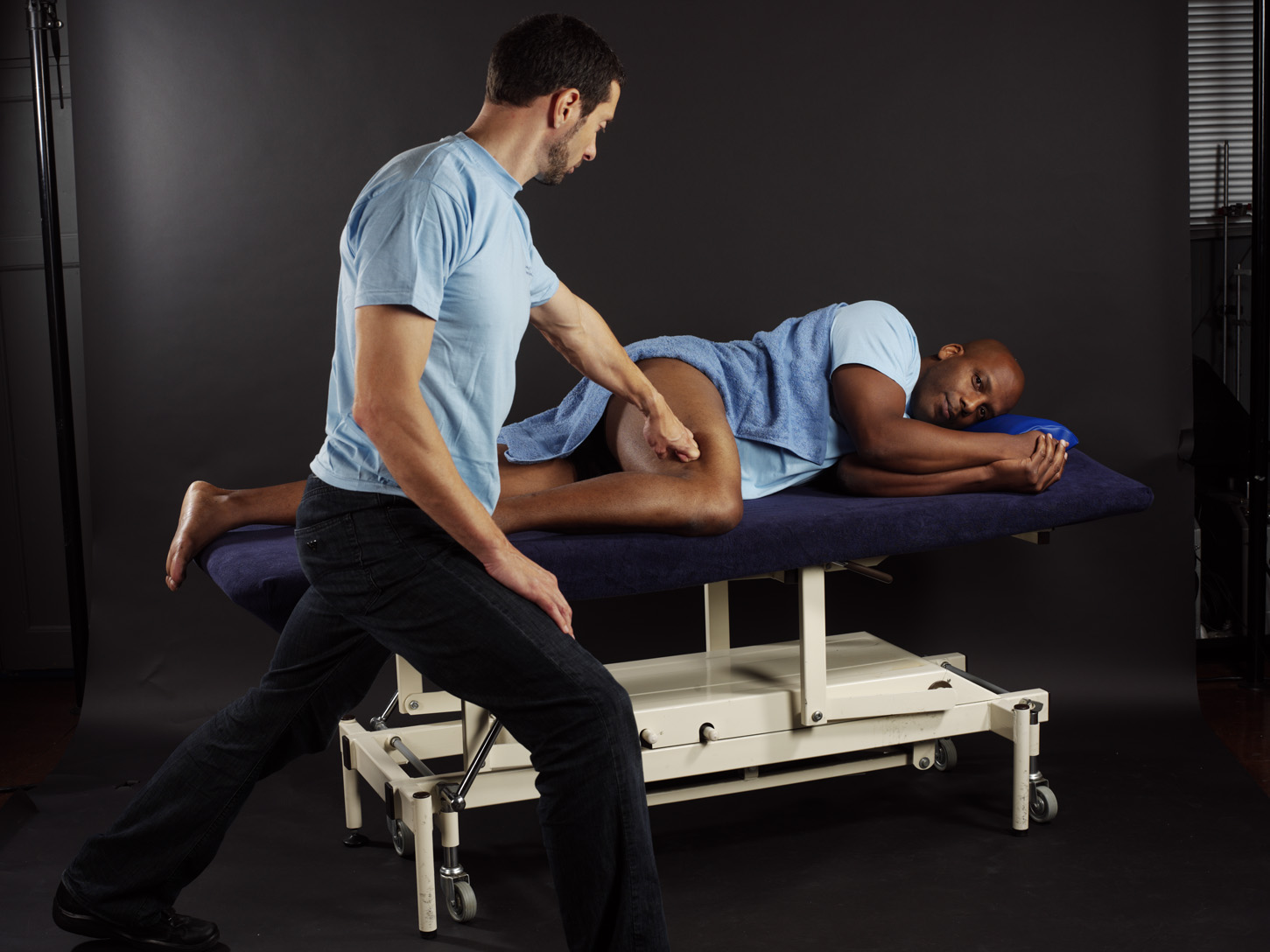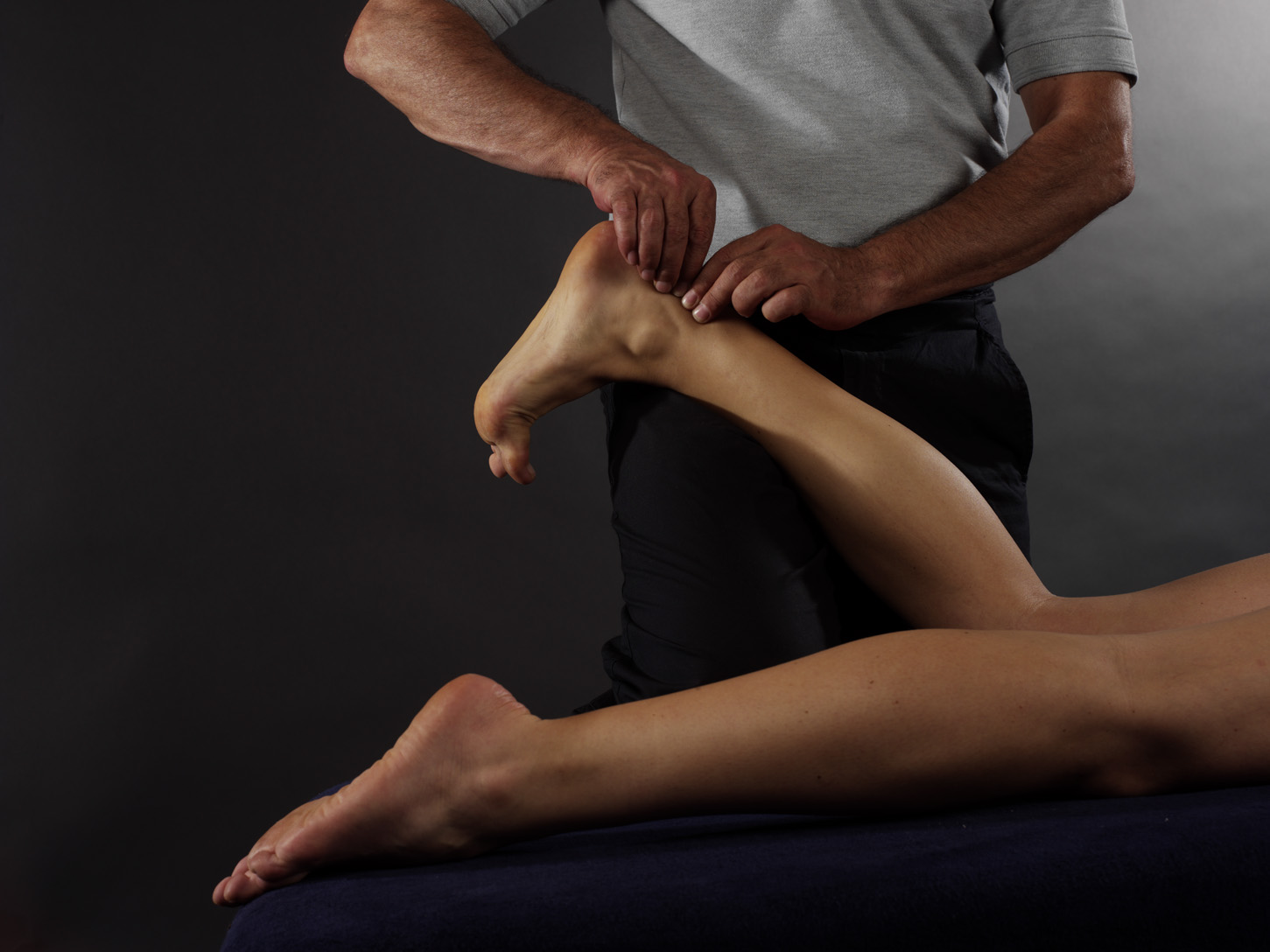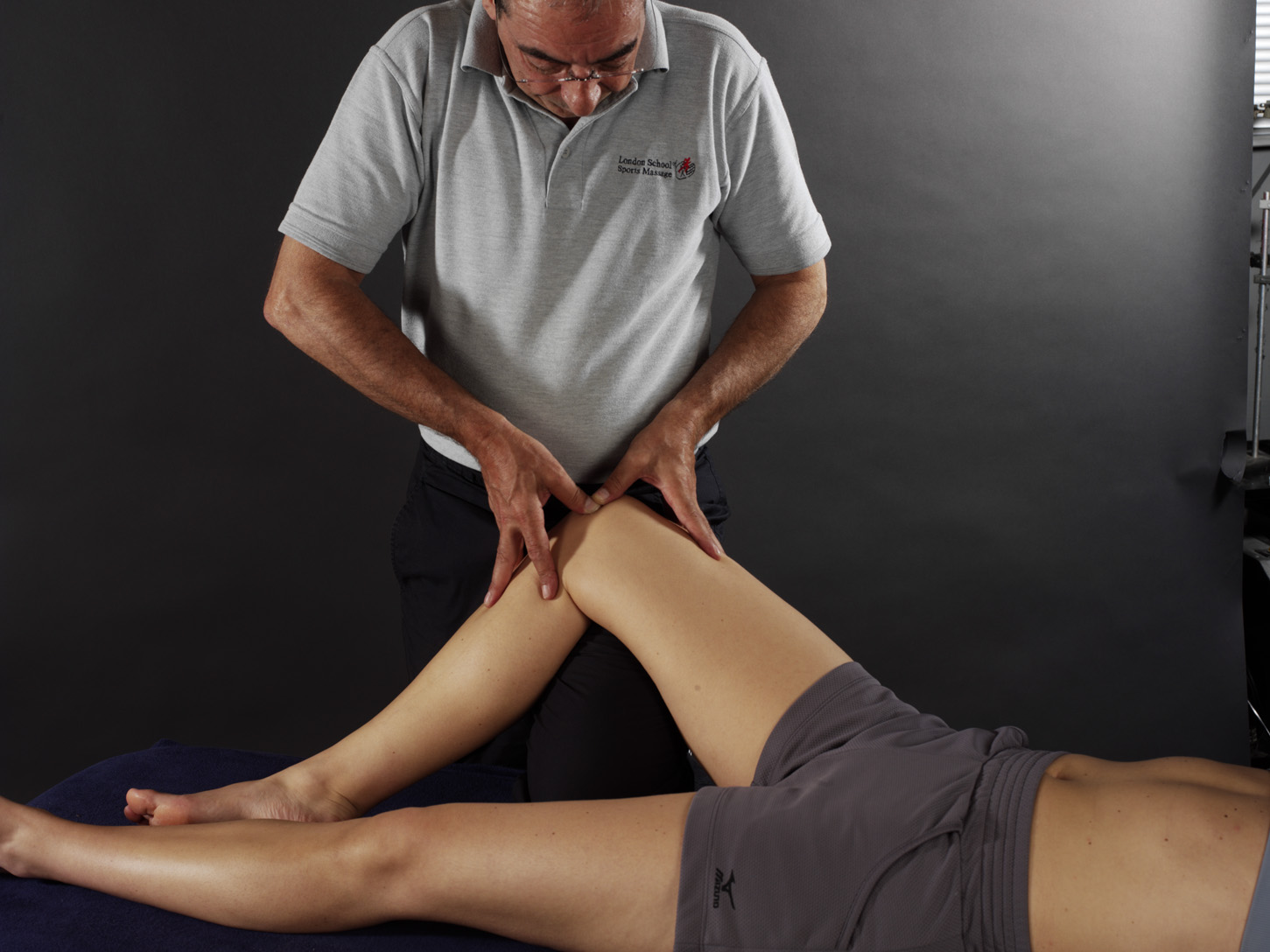



Courses || Contact Us || Terms & Conditions || Privacy || GDPR
© Copyright 2026 LSSM. All Rights Reserved. Website by MYDB
At the London School of Sports Massage, we are often asked about what the qualification levels mean and what career prospects they offer.
Qualification Levels are determined by Ofqual which is UK Government department regulating national qualifications. What qualification levels mean: England, Wales and Northern Ireland - GOV.UK (www.gov.uk) They state the following:
Level 3 qualifications are equivalent to:
Level 4 qualifications are equivalent to:
Level 5 qualifications are equivalent to:
Beware of false claims (and online only massage courses)
If a training centre is not accredited through an Ofqual approved awarding organisation (such as BTEC) you cannot trust the level they claim because they are operating outside of any regulatory control. And if it does not deliver the level or quality of training that you expect you have nowhere to go to complain.
To check this click this link: The Register of Regulated Qualifications: Home page (ofqual.gov.uk)
The Level 5 qualification that London School of Sports Massage delivers has been developed by its associated organisation, the ISRM, which is an Ofqual approved BTEC centre. As this is a ‘Customised’ qualification which does not appear on the ‘National Qualification Framework’ show on their website.
Accreditation can be verified through BTEC enquiries with these details:
ISRM Centre number:01987
BTEC Qualification code: VKX56
Qualification title: BTEC Level 5 Professional Diploma in Soft Tissue Therapy.
What this means in Sports Massage
Level 3 qualifications are equivalent to a school A level and will only teach a basic routine type of massage. this is good for treating fit, healthy and uninjured people who do sports or have physically demanding lifestyles by helping them relax and recover from their exercise. But this is not enough to treat people suffering with pain or injury which requires a higher level of skill and knowledge.
Income potential
It can be possible to make a living as a self-employed therapist with this basic level of training but it is hard to find enough clients who want a massage but who don’t have any pain or injury. This means that many Level 3 trained therapists working today have had to cross that line to earn a living. This can be dangerous because they are working beyond their training, scope of practice and insurance cover.
There are jobs available for Level 3 sports massage therapists in the Spa industry but these are not highly paid. Also, this sector is moving on from ‘pampering’ treatments and is now starting to offer a more therapeutic ‘Wellness’ service. This means treating people who are not so fit, healthy and strong, and this require Level 4 trained therapists. Looking to the future, Level 3 sports massage training may become a ‘recreational’ level for treating friends and family but not enough for the professional therapist.
Level 4 qualifications teach a more in-depth understanding of pain and injury and the more advanced clinical skills needed to treat them. It trains therapist to safely and effectively treat a wider sector of the population. This is more than just sports massage and trains therapists to treat people suffering with chronic musculoskeletal pain and common minor injuries.
income potential
This is the most cost-effective professional entry level into modern musculoskeletal healthcare. Massage skills have proved throughout history to be the safest and most effective way to help people recover from chronic muscular pain and minor injuries. But these skills are no longer being taught to today’s Physiotherapists who are now exercise-based instead. Massage treatment to aid recovery is becoming available only in the private sector now.
Chronic muscular pain and minor injuries are by far the most common of all ailments affecting almost everyone from time to time, so the demand for well-trained massage therapist able to treat them is truly immense.
Most Level 4 massage therapist are self-employed, choosing their own hours and working in a variety of situation, including:
In private practice it should be possible to see at least 4 clients a day, 5 days a week (a 20-hour working week), and if you earn £50 per session you can earn £50,000 a year (and many therapists do better than that).
Level 5 qualifications are equivalent to a foundation degree and teaches much more advanced knowledge, understanding and clinical skills. It enables therapists to assess, treat and help rehabilitate people with more complex pain and injury situations.
Income potential
At this Level therapists can support the widest range of clients with the widest range of painful condition, therefore having the greatest career potential with incomes above £50,000 a year. It is also the most challenging, stimulating and rewarding level to work on. Therapists at this level often combine it with other modalities and develop specialist skills in treating specific conditions. Referrals and collusion between specialist massage therapists and medical practitioners is also beginning to develop.
Do you need to start with a Level 3 and work your way up
NO! To upgrade from a Level 3 to 4 would require you to go back over all the basic Level 3 content again but in more depth, in addition to the more advanced Level 5 subjects. If you want to treat people suffering with chronic musculoskeletal pain and minor injuries, save time and money by going straight for an integrated Level 4 or 5 qualification where right from the start all subjects are covered at the higher level.
Sports Massage and Remedial Massage.
The names “Sports Massage” and “Remedial Massage” only describe different uses of the same skill
set.
Massage is Massage!
Massage is a range of hands-on techniques that can be applied in very wide variety of ways and in a very wide variety of situations. Massage is often used to meet the needs of athletes, dancers or people with physically demanding lifestyles. When it is it is commonly called “Sports Massage”. If used to meet the needs of others who have muscular pain and injury that is not related to sports activity, it is frequently called “Remedial Massage”.
Short, intensive and online Sports Massage courses.
There are many short, intensive and online courses currently on the market most of which offer some sort of certificate but you can’t massage someone with a certificate! Sports massage takes well developed skills and knowledge to get good treatment results and only good results bring career success.
At the London School of Sports Massage we have over 30 years of experience training thousands of therapists to the highest level so we really know what it takes to train you for success.
We have found that it is essential for therapists to first learn massage techniques in the classroom environment and then have sufficient time to practice and develop these skills before returning to the classroom and building on the skills they have with more advanced massage techniques. We have found that this also gives students time to learn, memorise and study all the underpinning knowledge as they progress through the practical skills training.
Online learning of practical skills simply does not work:
This is why the LSSM will never deliver short intensive courses and will only do what we know is best.
We do however provide an extensive video library to support our students. These videos add to the learning experience but can never replace the classroom experience.




Courses || Contact Us || Terms & Conditions || Privacy || GDPR
© Copyright 2026 LSSM. All Rights Reserved. Website by MYDB